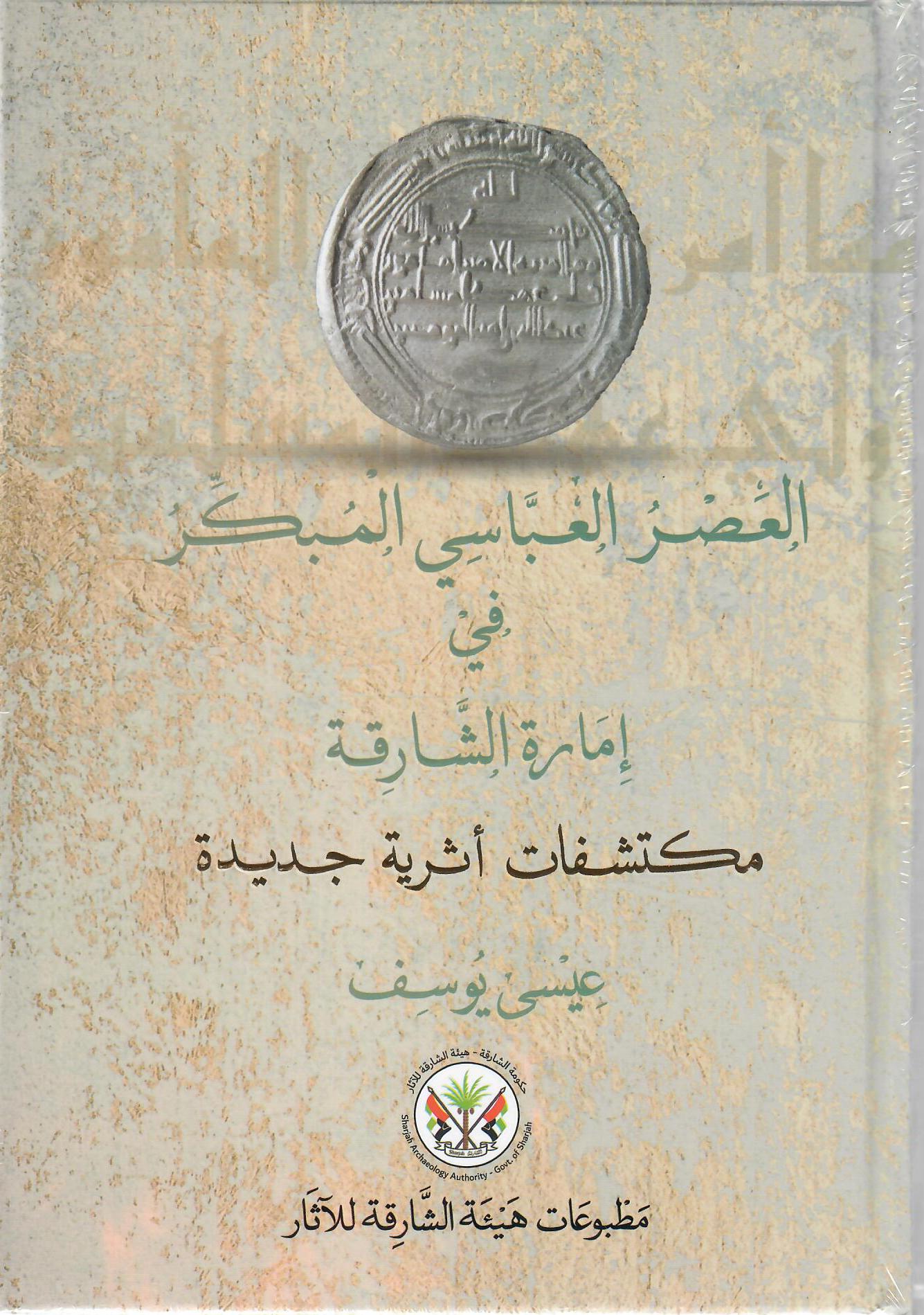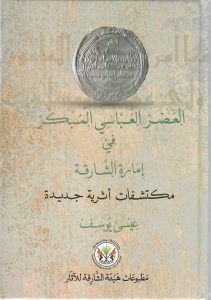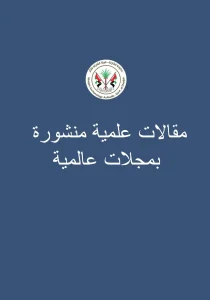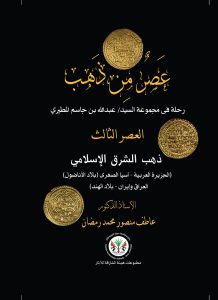Published Date : 2022
Auther : Eisa Yousef
Publisher : Sharjah Archaeology Authority
Available Languages -
In the introduction to his book, the author discussed the concept of studying archaeological finds and the importance of placing them within the geographical, historical, and cultural contexts of the region in which they were discovered, as well as the role of heritage sources in the process of analyzing and studying the discovered antiquities. He devoted an important part of his research to discussing the issue of Arab, Islamic, and foreign coins that were in circulation at the time, in terms of the region’s political, practical, social, and economic importance, after being presented in detail to the review and discussion of various pottery and stone finds.
The author focused on the Abbasid group of dirhams, which were discovered inside a small Abbasid-style glazed jar. They were nine silver dirhams and one copper fil. It also contained five small square copper pieces of varying weights. These silver coins date back to the first Abbasid era, which dates back to 123-218 AH (750-833 AD).
Wadi Al-Hilu 1 – Bronze Age copper mining and smelting site in the Emirate of Sharjah – UAE.
Published Date : 2022
Auther : Johannes Kutterer
Publisher : Institute for Prehistory and Early Historical Times at the University of Tübingen, Germany.
Available Languages -
This thesis studies the site of copper mining and smelting located in Wadi Al-Hilu in ...
The Golden Age – Third Age
Published Date : 2023
Auther : DR Atef Mansour
Publisher : Sharjah Archaeology Authority
Available Languages -
The Sharjah Antiquities Authority pays special attention to analyzing and studying the results of archaeological ...



